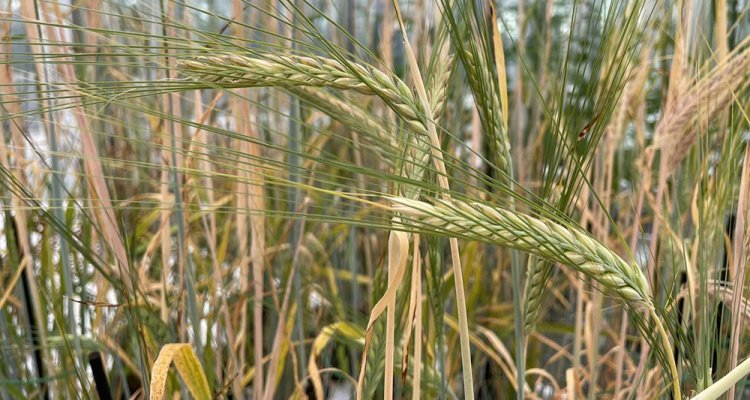
Van Esse Group - Plant architecture and development
How do plants grow? A seemingly simple question, however beneath the surface there is much to learn. Within many of our crops, there is limited knowledge at the molecular level on the development of different yield related organs such as side shoots and seeds in relation to their environment. This knowledge is important, as different yield components are often negatively correlated, which makes optimizing yield in a sustainable way difficult.
The trade-off between yield components is hard to address due to a lack of knowledge on the molecular-genetic networks that control the development of different yield related organs. Key to addressing this knowledge gap is understanding the role of transcriptional regulatory networks, and the natural variation therein, on plant architecture and developmental timing. Many of our crop species have large genomes and are characterized by extensive gene duplication events that occurred independently in flowering time and plant architecture genes, which has led to diversification in the functions of these genes (sub-and neofunctionalization).

Studying the role of flowering time and plant architecture genes in plant organ development and developmental timing in model species like Arabidopsis and rice is thus often insufficient to understand their function in other species such as the temperate cereals barley and wheat. Understanding the evolution, functional conservation and divergence of molecular networks that control plant development and architecture are amongst the core research areas of this team.
Our long term goal is to build a solid fundamental understanding of the genes and molecular networks that control plant architecture and development.
Group members
-
dr.ir.ing. GW (Wilma) van Esse
Group leader - My group’s research focuses on understanding the genetic and molecular networks that are control different yield related traits such as developmental timing, seed and tiller number. We use natural and induced variation to study the genetic loci that control these key traits and state of the art ~omics tools to place these genes in precise molecular and cellular context. -
PE (Pierangela) Colleoni
PhD student - Pierangela comes from Italy and is interested in understanding the molecular-genetic networks that control inflorescence development in cereals. For her studies Pierangela focusses on the role of flowering time genes in plant organ development and developmental timing barley. Next to that, she is interested in understanding how gene duplication and divergence events shaped the evolution of the PEBP gene family in cereals. To unravel this, Pierangela uses a combination of bioinformatic approaches and reversed genetics, together with molecular techniques such as protein-protein interactions and gene expression analysis. -
R (Roman) Lakerveld MSc
PhD student - Roman comes from the Netherlands and is interested in gaining fundamental insights into cereal root development, using barley as a model system. For his research Roman uses a scale of molecular and bioinformatic approaches including bioinformatics, CRISPR-Cas and generation of molecular marker lines. Roman performs his research within a collaborative project with the group of Viola Willemsen. Together, we strive to understand the role of the PLETHORA gene family in barley root development. Specific common interest are to understand the diversification of PLETHORA gene family members in monocots and to gain a more fundamental understanding on the molecular networks that control plant organ development. -
AJG (Ton) Winkelmolen
PhD student - Ton comes from the Netherlands and is interested in the fundamental molecular mechanisms that control plant development and as a consequence, yield related traits. For his studies, Ton uses barley, an important cereal crop and model for other temperate cereals such as wheat. The main focus of his project is on key transcriptional regulators, such as TEOSINTE BRANCHED 1 (HvTB1), that modulate both seed and tiller number. For his research Ton uses a scale of molecular and bioinformatic approaches to study the precise interactions, DNA-binding regions, and downstream targets, of key transcriptional regulators. -
MV (Marijke) Hartog
Technician - Marijke comes from the Netherlands and is passionate about plant development and tissue culture. Marijke works on barley transformation within a collaborative project with the group of Viola Willemsen.